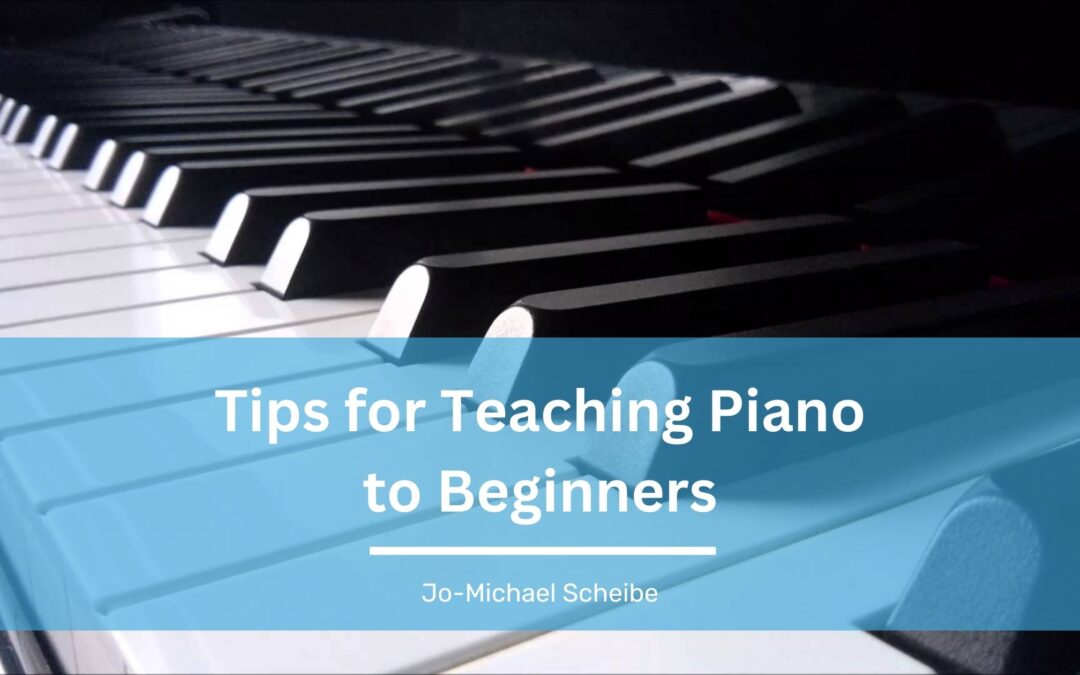With its wide range of notes and dynamic capabilities, the piano is one of the most versatile instruments. It can evoke deep emotions, from the stirring crescendos of Beethoven’s sonatas to the gentle melodies of Debussy’s Clair de Lune. Introducing beginners to this world of musical expression is both a privilege and a responsibility. Teaching the piano effectively to novices is not just about imparting knowledge of notes and rhythms; it’s about instilling a love for music, fostering patience, and building a foundation for continuous growth.
Establish a Solid Foundation
Before diving into complex pieces, it’s paramount to establish a robust foundational understanding. Start with the basics of posture: how to sit at the piano, where to place the feet, and how to curve the fingers. Poor posture can lead to discomfort, reduced playing stamina, and even long-term injuries.
Next, introduce the musical alphabet and the layout of the keyboard. Allow students to familiarize themselves with the unique sounds of each key. Basic rhythm exercises, even away from the piano using clapping or tapping, can help students internalize the concept of timing. Incorporate simple, well-known tunes to make learning engaging and relatable.
Foster a Positive Learning Environment
A positive, encouraging environment can significantly influence a beginner’s learning trajectory. Celebrate small achievements, whether mastering a challenging note sequence or successfully playing a piece without mistakes. This boosts confidence and reinforces their passion for playing.
However, it’s also essential to maintain a balance. Constructive criticism is vital for growth. When pointing out areas of improvement, phrase feedback positively and provide clear steps for refinement. For instance, instead of saying, “You played that section poorly,” you might suggest, “Let’s work on this section together to make it even better.”
Introduce a Variety of Music Early On
While classical pieces are foundational in piano instruction, introducing a variety of genres early on can keep students engaged. Everyone has unique musical tastes, and tapping into a student’s preferences can make lessons more enjoyable.
Incorporate pieces from genres like jazz, blues, pop, or even songs from movies and TV shows. This diversifies their repertoire and equips them with versatile playing techniques. Moreover, it can be a motivational tool. When students recognize and enjoy the music they’re playing, they’re more likely to practice it independently.
Teaching the piano to beginners is a journey filled with highs and lows. It requires patience, adaptability, and a deep passion for music. By establishing a solid foundation, creating a nurturing learning environment, and diversifying the musical experience, you can ensure that your students learn to play the piano and develop a lifelong love for music. Remember, the goal isn’t just to produce pianists but to nurture musicians who appreciate, understand, and express themselves through the rich tapestry of melodies and harmonies the piano offers. Embrace each lesson as an opportunity to inspire, educate, and share the joy of music.

